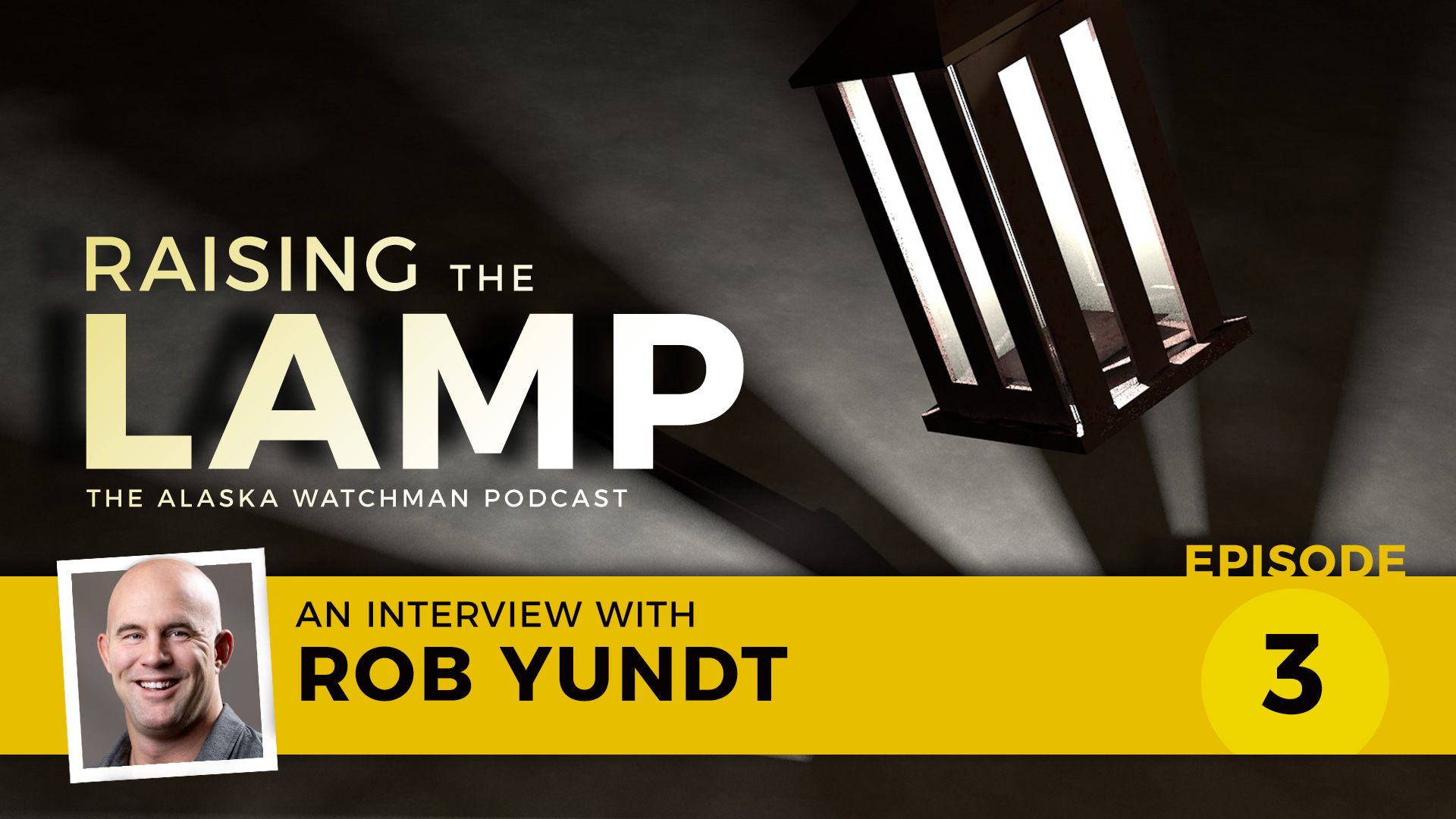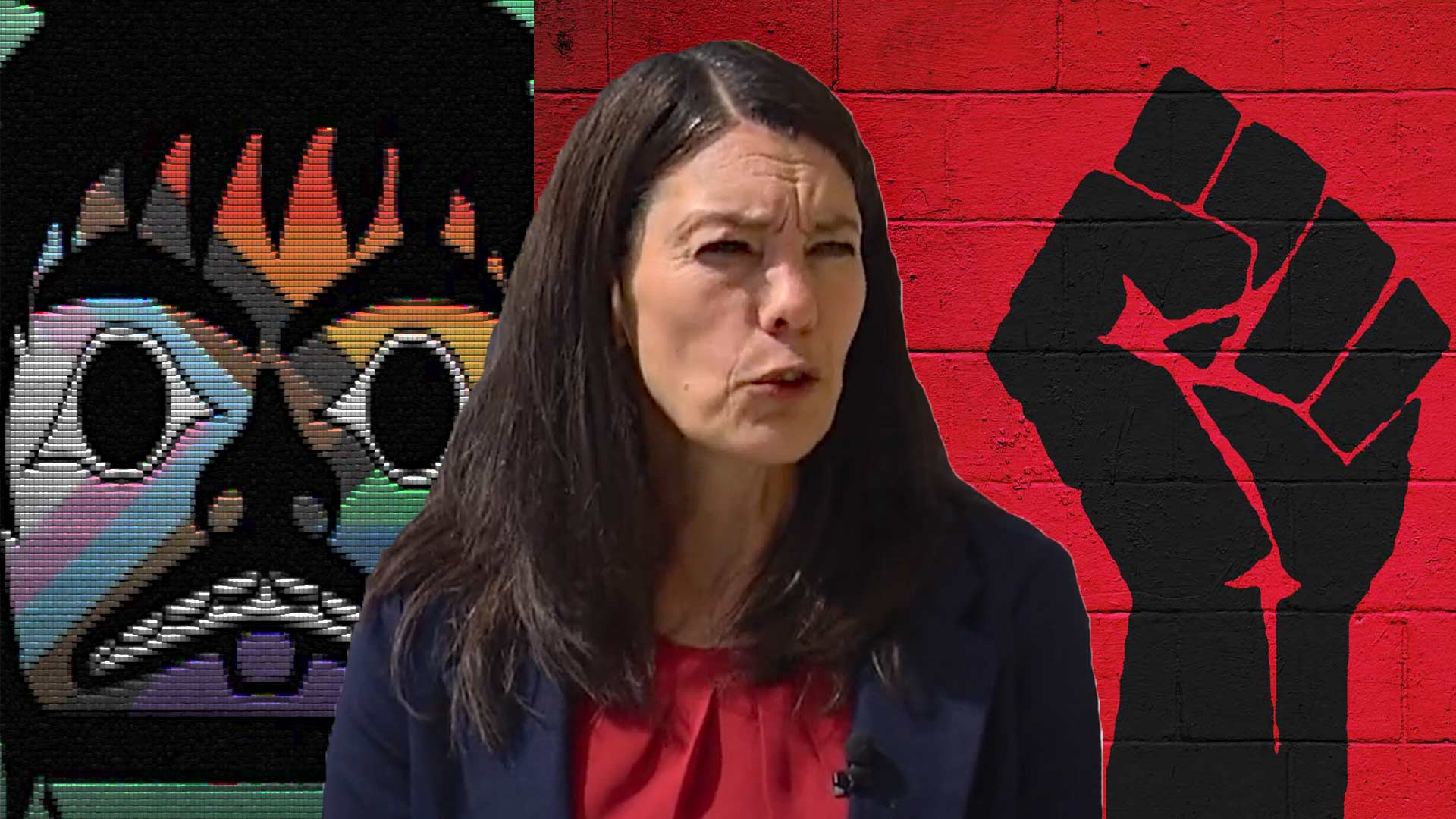
Alaska’s population dropped by an estimated 3,594 people last year according to the U.S. Census Bureau’s estimates released on Dec. 31.
Alaska’s declining population comes from a combination of fewer births, increasing deaths and net migration losses. This trend is playing out all across the country.
Between 2018 and 2019 Alaska saw an estimated 10,031 births, 4,819 deaths and a loss of 8,823 people due to migration. Alaska’s total population is now estimated at 731,545.
Natural increase, or when the number of births is greater than the number of deaths, dropped below 1 million in 2019 for the first time in decades.
According to the U.S. Census Bureau, U.S. births are still outpacing deaths, but the difference is has shrunk considerably over the past decade. Forty-two states and the District of Columbia had fewer births in 2019 than 2018. Overall, between 2018 and 2019, natural increase was 956,674, reflecting 3,791,712 births and 2,835,038 deaths. Four states had more deaths than births: West Virginia (-4,679), Maine (-2,262), New Hampshire (-121) and Vermont (-53).
“While natural increase is the biggest contributor to the U.S. population increase, it has been slowing over the last five years,” said Dr. Sandra Johnson, a demographer/statistician in the Population Division of the Census Bureau. “Natural increase, or when the number of births is greater than the number of deaths, dropped below 1 million in 2019 for the first time in decades.”
As the U.S. population growth continues to inch toward stagnation or even decline, economists have warned of possible negative impacts on the overall economy.
“If birth rates continue to decline, and immigration drops off, the impact on the U.S. economy could be significant,” the Population Research Institute has warned over at LifeSiteNews. “Economists estimate that as much as one third of economic growth is attributable to workers being added to the labor force every year. Low birth rates correspond to aging population. The U.S. is facing a substantial increase in its dependency ratio as the Baby Boomers retire, and working-age adults must replace the productivity thus lost and pay for entitlement programs like Social Security and Medicare.”
The Census data notes that the overall U.S. population was 328,239,523 in 2019, growing by 0.5% between 2018 and 2019, or 1,552,022 people. This includes births minus deaths and net migration. Annual growth peaked at 0.73% this decade in the period between 2014 and 2015. The growth between 2018 and 2019 is a continuation of a multiyear slowdown since that period.
Forty states and the District of Columbia saw population increases between 2018 and 2019. The 10 states that lost population were New York (-76,790; -0.4%), Illinois (-51,250; -0.4%), West Virginia (-12,144; -0.7%), Louisiana (-10,896; -0.2%), Connecticut (-6,233; -0.2%), Mississippi (-4,871; -0.2%), Hawaii (-4,721; -0.3%), New Jersey (-3,835; 0.0%), Alaska (-3,594; -0.5%), and Vermont (-369; -0.1%).







